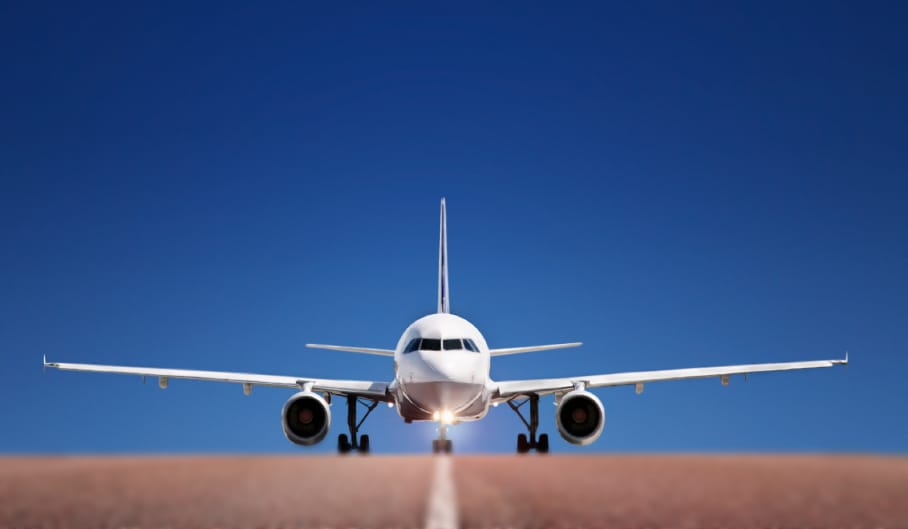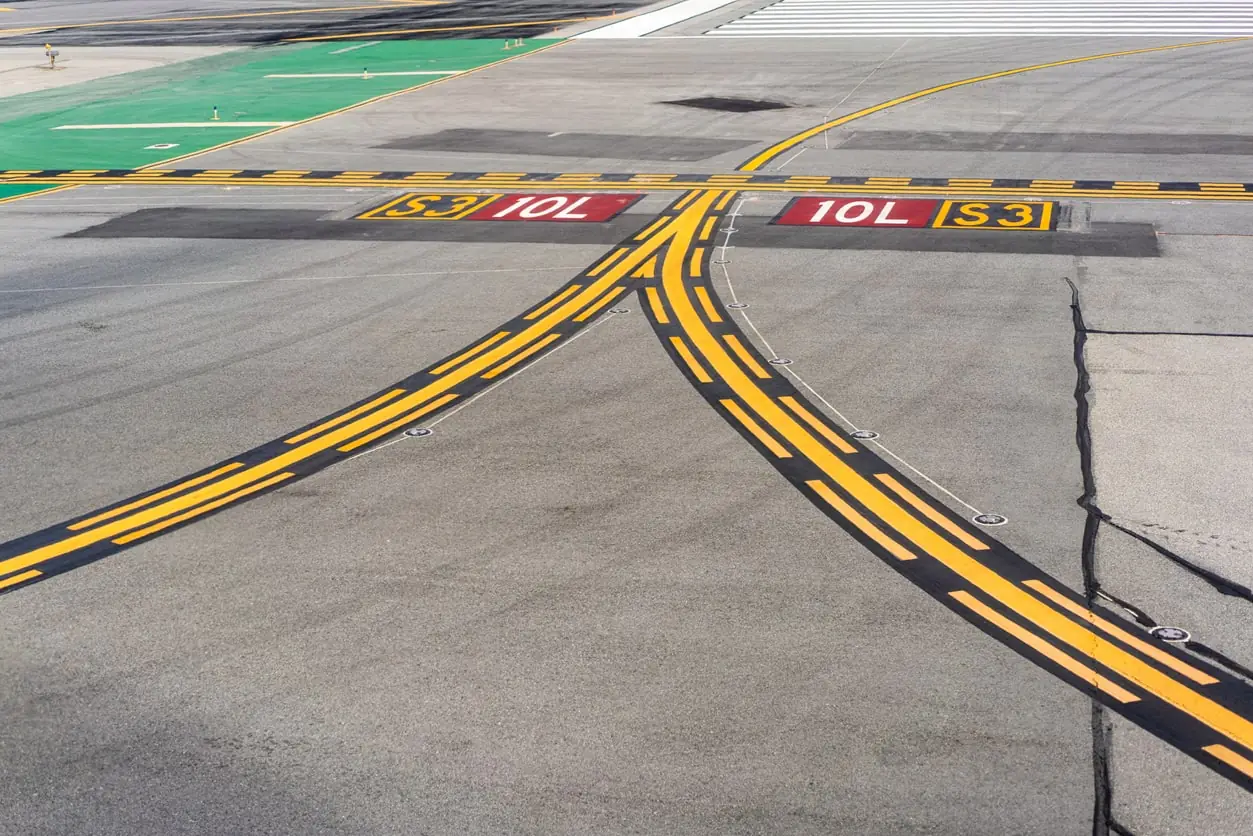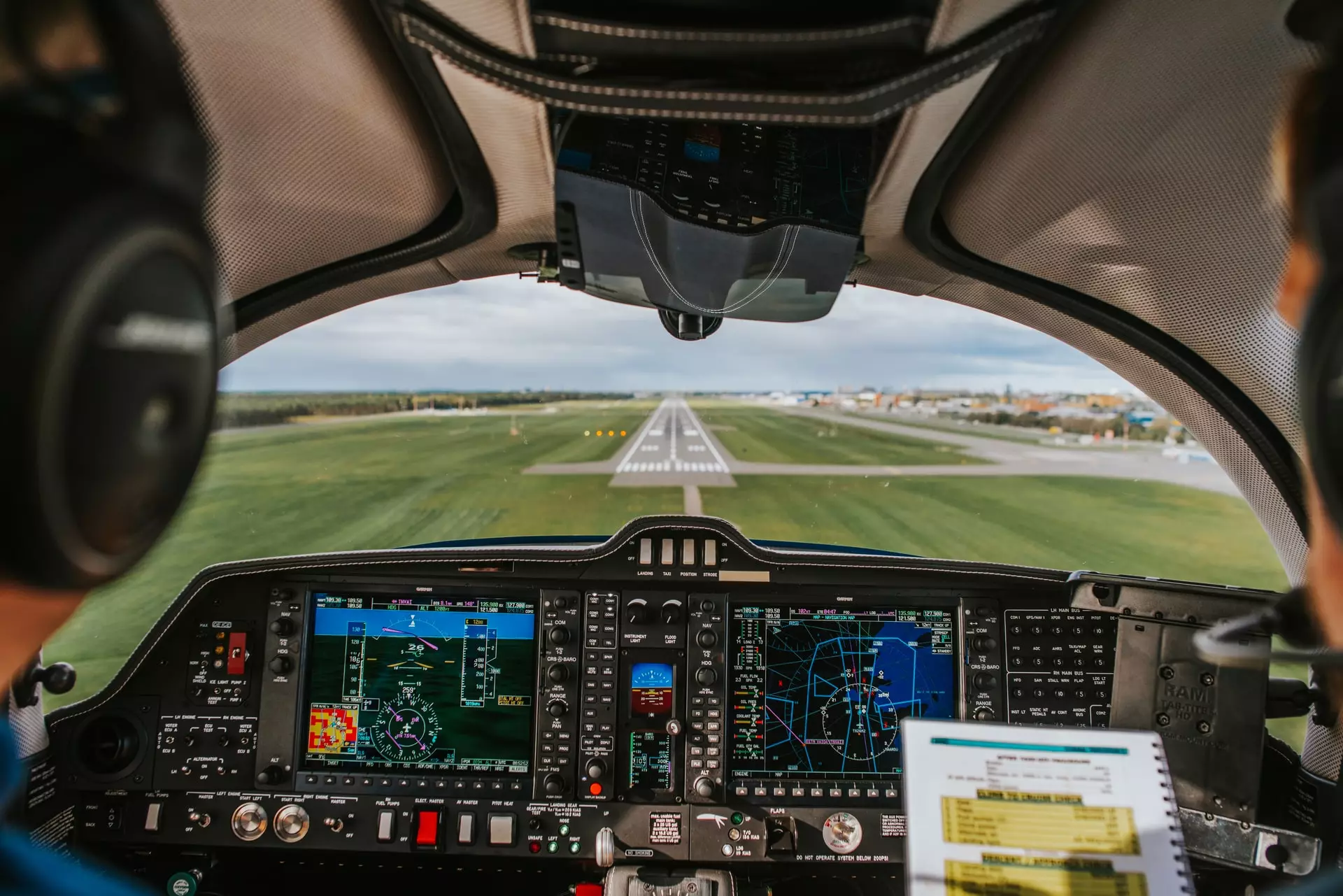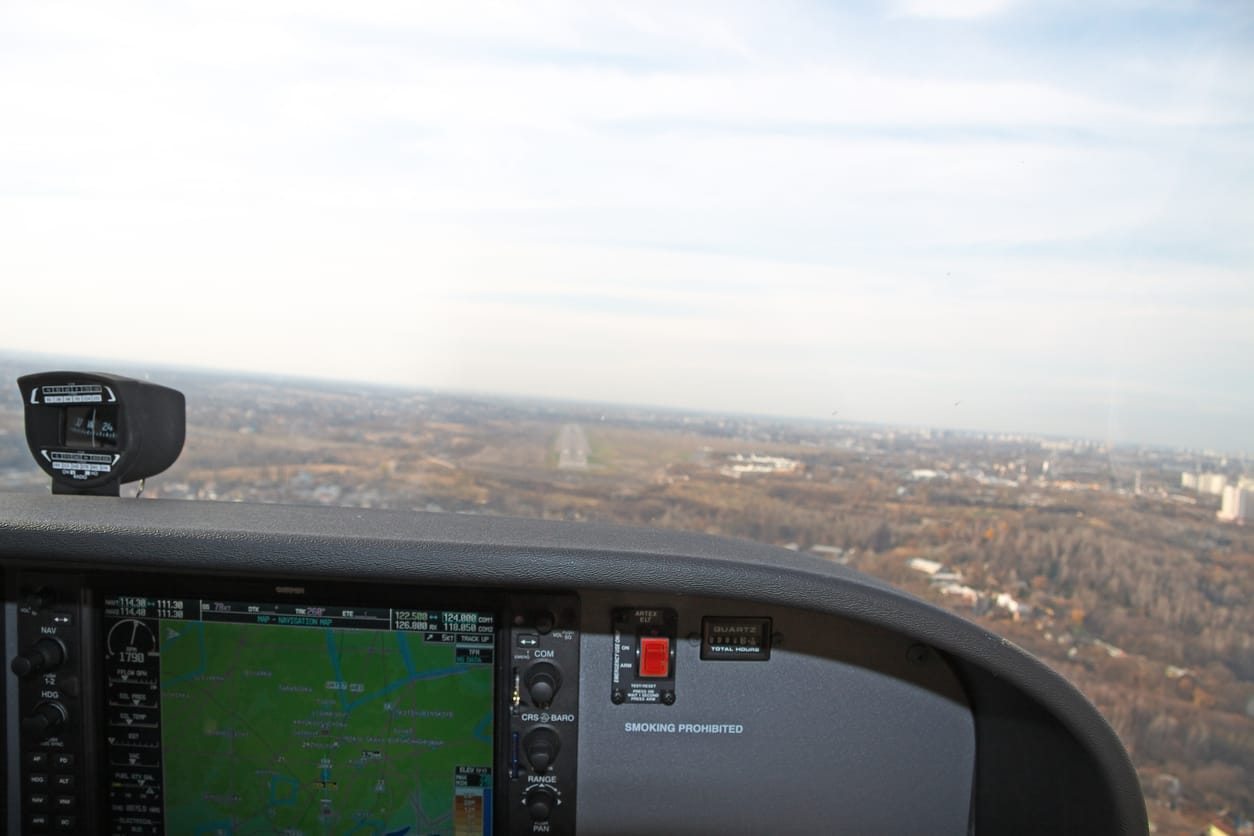Part of being a safe pilot is making sure that any runway you plan to use has enough distance to safely operate for both takeoff and landing. A strong student pilot program will address this issue. Since working with runway distance is a matter which stretches far beyond simple memorization, it’s an important part of safe takeoffs and landings.
Planning and Wind
Takeoff distances are generally shorter than landing: Just because you can depart from a runway doesn’t mean you can come back around to land on it. Weather elements such as snow and ice increase distance requirements and often eliminates a runway from consideration for use. In those cases, you must plan to use another runway for a return-to-field, and if the airport where you’re departing has only one runway, you must choose another airport close by. That is called a takeoff alternate. It’s similar to a landing alternate, but for departure planning purposes.
Wind is a huge consideration in both takeoff and landing distance determination. Wind is so important, it is the first item on an airport’s hourly weather report, the METAR. Pilots of any aircraft type, whether it be airplanes, helicopters, or otherwise, must takeoff and land into the wind, or at least with a crosswind.
A headwind reduces the takeoff ground roll, allowing for shorter runway lengths, and reduces wear on the tires. Similarly, for landing, a headwind lowers the groundspeed at touchdown, shortening the distance required to stop, and reduces tire wear. It is possible to takeoff and land with a tailwind, however, it is highly discouraged, and most aircraft have a published tailwind limit. Exceeding that limitation can lead to damaged landing gear, excessive tire wear, or even the inability to land or takeoff within the available runway distance.
Airplane Structure and Runway Distance
During a new aircraft’s certification process, designers and engineers calculate what distances they think the aircraft needs for different flap settings, weights, and runway conditions. A dry, level, paved runway with normal flap settings and light weight will require much less distance than a wet, non-level, unpaved runway with abnormal flaps and heavy weight.
Once the new aircraft’s prototype is built, test pilots run it through every possible combination of runway conditions, flap settings, and weights to verify the calculated distances. There are many great videos online of aircraft certification tests showing landings and braking tests through huge puddles of water. Once the actual distances are determined, then a safety margin is added to those numbers. The exact margin depends on under which segment of the certification regulations the aircraft is built.
Runway Distance and Calculation
An important distance to calculate first is called accelerate-stop: the distance required to accelerate to rotation speed, reject the takeoff, stand on the brakes, and come to a stop. This distance is not a certification requirement for most single-engine aircraft, yet it is a good idea to calculate for safety purposes. Since accelerate-stop distance is usually not published for small, single-engine airplanes, a good rule of thumb is to double the calculated takeoff distance. If the runway available does not exceed the accelerate-stop distance, attempting a takeoff is not advisable. For airline operations and other multi-engine turbojet airplanes, takeoff is prohibited if the accelerate-stop distance is more than the runway length.
The next distance to calculate in a multi-engine aircraft is accelerate-go: the distance required to reach rotation speed, have an engine failure yet continue the takeoff because you’re past V1 speed and climb to 35 feet above the runway. That 35 feet is the safety margin determined by the FAA to ensure that the aircraft is climbing at an acceptable rate with one engine inoperative.
For single-engine airplanes, a distance which is published in the Pilot’s Operating Handbook and must be considered on short runways is the distance required to accelerate to takeoff speed, climb at Vx (best angle of climb), and clear at least a 50-ft high obstacle—off the departure end of the runway.
When coming into land, a pilot must calculate the distance required to cross the threshold, touchdown, and come to a stop. These distances are also published in the POH and include corrections for wind, weight, flap settings, and surface conditions. For single-engine airplanes, there is a short-field landing distance published, opposite of the short-field takeoff. That is the distance to drop in over a 50-ft obstacle, land, apply maximum braking, and stop.
For multi-engine airplanes, different distances are published for two-engine landings versus single-engine to account for the variation in approach speeds. For turbojet operations, the landing distance includes touching down at the one-thousand-feet marker, and different distances are calculated for thrust-reverser use or non-use. In the airline environment, a 60% buffer is added to all landing calculations, just to ensure a wide safety margin.
Runway Condition Codes
A recent development for landing distance calculations is runway condition codes or RCC. RCC is an attempt to put a numeric value on the state of a runway surface, a value which pilots can use as a multiplier to their “un-factored” landing distance, the distance calculated by the engineers and published in the aircraft’s POH. RCC replaces braking action reports, which was a highly subjective system for defining how slippery a runway was. Braking action was often determined by an airport operations agent going out on the runway in a truck, accelerating to a certain speed, then slamming on the brakes and seeing how long it took to stop.
Based on that time or how the driver felt during deceleration, braking action was called good, fair, poor, or nil. The problem was how to differentiate between good and fair or fair and poor, and different pilots would have different interpretations of how that braking action would affect their airplane’s stopping ability. RCCs are determined by a data matrix of precipitation type and depth and then reported as levels zero through six, which zero being the old “nil” and six being clear and dry.
Ready to soar in your aviation career?
Mr. Matthew A. Johnston has over 23 years of experience serving various roles in education and is currently serving as the President of California Aeronautical University. He maintains memberships and is a supporting participant with several aviation promoting and advocacy associations including University Aviation Association (UAA), Regional Airline Association (RAA), AOPA, NBAA, and EAA with the Young Eagles program. He is proud of his collaboration with airlines, aviation businesses and individual aviation professionals who are working with him to develop California Aeronautical University as a leader in educating aviation professionals.





I watched how A320 started the take off not from the very beginning of the long runway. Is it allowed?
Hello,
Question,
Exist a list of airplanes (type or models) that can landing/takeoff in a specific distance or long in a runway, field length